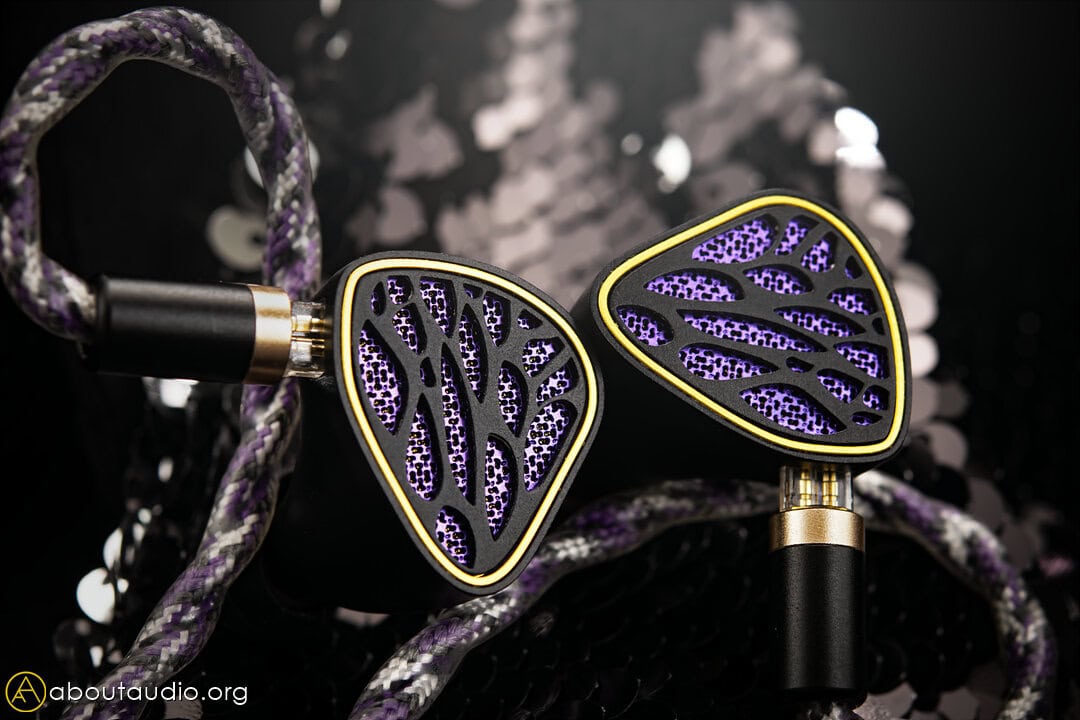
Kinera Nott Phantom Review:
Kinera has been one of the most recognized names in the Chi-Fi scene, offering a wide range of IEMs that cover different tunings and price points. From their entry-level models to the premium Imperial series, Kinera continues to experiment with sound and design while keeping its unique identity.
Following up with their flagship IEMs ThorKing and Loki, Kinera also recently released another budget-premium earphone, called the Nott (or Nótt). Inspired by the Norse goddess of night, Nott Phantom carries Kinera’s usual attention to non-compromising tuning and performance. With the design staying faithful to the lore, too, of course.
Nott Phantom is priced at $430 and uses a hybrid 1DD+4BA driver setup with a sound that leans on atmosphere and immersion. With that in mind, let’s go through the design, sound, and overall performance of the Kinera Nott Phantom to see how it stands in Kinera’s lineup.

Packaging
As usual, Kinera Nott Phantom comes in a beautiful package presentation and with quality accessories. Other than the earphones themselves, Nott Phantom comes with 5 pairs of Final E-Type silicone tips, 3 pairs of silicone tips, 1 pair of foam tips, a cleaning tool, a leather carrying case, and some paperwork.

Cable
The included stock cable is finished with fabric shielding with 6N OCC Silver Litz wires, and in a 4-braided structure. Plugs and parts are made of lightweight aluminum alloy, providing a sturdy feel without getting heavy. Kinera also incorporated a seamless modular design where you could screw out the plug chassis and swap out the plug to either 4.4mm balanced or 3.5mm unbalanced, similar to Effect Audio’s TermX connectors.

Full-Metal, Matte Black Earpieces
Kinera Nott Phantom is a 5-driver hybrid IEM with a 1DD+4BA setup. While the DD+BA combination may seem common as it could get, Nott Phantom is applied with a variety of acoustic features and tuning procedures. The 8mm polymer fiber DD is topped with a strong N52 magnet for strong yet precise bass response, while 4 custom BA drivers cover the mids and highs – each of two sourced from Sonion and Knowles.
The iconic ‘spiderweb’ faceplates serve as Helmholtz acoustic structural covers, where multiple different material dampers are stacked to create a 3D-structured cavity. Kinera states that this particular Helmholz design improves the timbre and decreases treble distortion by eliminating unwanted sonic refractions and reflections. Above all, the air holes relieve the ear canal pressure and provide better bass and staging.
Next Page: How does the Kinera Nott Phantom sound?


